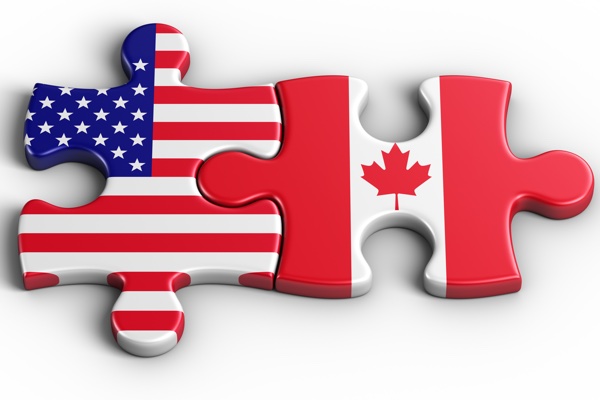
The Canadian dollar has edged higher in the Friday session. Currently, USD/CAD is trading at 1.3064, down 0.17% on the day. On the release front, traders should be prepared for volatility from USD/CAD, with key employment releases on both sides of the border. In Canada, employment change is expected to drop sharply to 12.3 thousand and the unemployment rate is forecast to remain unchanged at 5.9%. Over in the U.S, Nonfarm payrolls are expected to climb sharply to 194 thousand, but wage growth is forecast to ease to 0.2%. The unemployment rate is expected to remain at 3.7%.
Global equity markets are sharply higher on Friday, after a report that a trade deal between the U.S and China could be in the works. After a brutal October, the DAX has rebounded with gains at the start of November. The DAX plunged 6.7% in October, its worst monthly performance since December 2016. However, the picture has brightened considerably, with the DAX climbing 3.2% this week. Asian equity markets posted strong gains on Friday, buoyed by a report that U.S President Trump is working on a trade agreement with China, which Trump will present to Chinese President Xi Jinping at a Group of 20 summit in Argentina later this month. If the two economic giants are able to reach an agreement, the result would be a boon for global trade. The Canadian economy is heavily reliant on its export sector, so a stronger global economy would be good news for the Canadian dollar.
The Canadian economy grew 0.1% in August, marking a seventh straight month of expansion. Higher oil production in Alberta and higher oil prices fueled the modest gain. The economy has been performing well and remains on track for annualized growth of 2% in 2018. Unemployment is at low levels and is expected to remain pegged at 5.9% for October. The Bank of Canada raised rates last week to 1.75%, and the hawkish message from the bank was a broad hint to the markets that further rate hikes are in store. With the economy operating close to full capacity, rate hikes are an effective method of ensuring that the economy does not overheat. The BoC is also mindful that the Federal Reserve is expected to raise rates again in December, which would mark a fourth rate hike in 2018. Policymakers do not want to see divergence widen between U.S and Canadian rates, and another rate hike from the BoC would be bullish for the Canadian dollar.
Kiwi retreats from one-month high
Markets Buoyed By Possible US China Trade Deal
USD/CAD Fundamentals
Friday (November 2)
- 8:30 Canadian Employment Change. Estimate 12.7K
- 8:30 Canadian Unemployment Rate. Estimate 5.9%
- 8:30 Canadian Trade Balance. Estimate 0.2B
- 8:30 US Average Hourly Earnings. Estimate 0.2%
- 8:30 US Nonfarm Employment Change. Estimate 193K
- 8:30 US Unemployment Rate. Estimate 3.7%
*All release times are DST
*Key events are in bold
USD/CAD for Friday, November 2, 2018

USD/CAD, November 2 at 7:55 DST
Open: 1.3086 High: 1.3099 Low: 1.3049 Close: 1.3064
USD/CAD Technical
| S3 | S2 | S1 | R1 | R2 | R3 |
| 1.2733 | 12831 | 1.2970 | 1.3099 | 1.3198 | 1.3292 |
USD/CAD showed little movement in the Asian session. This pair has edged lower in European trade
- 1.2970 is providing support
- 1.3099 is the next resistance line
- Current range: 1.2970 to 1.3099
Further levels in both directions:
- Below: 1.2970, 1.2831 and 1.2733
- Above: 1.3099, 1.3198, 1.3292 and 1.3383

